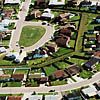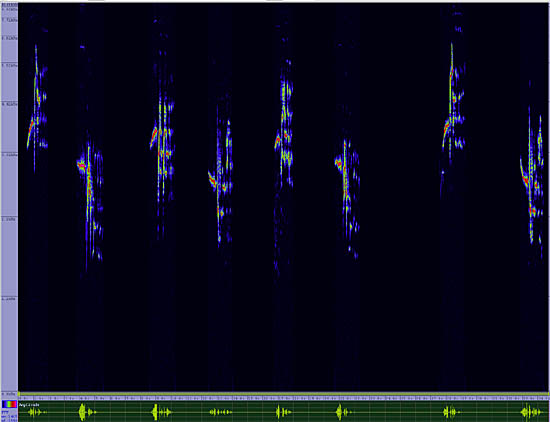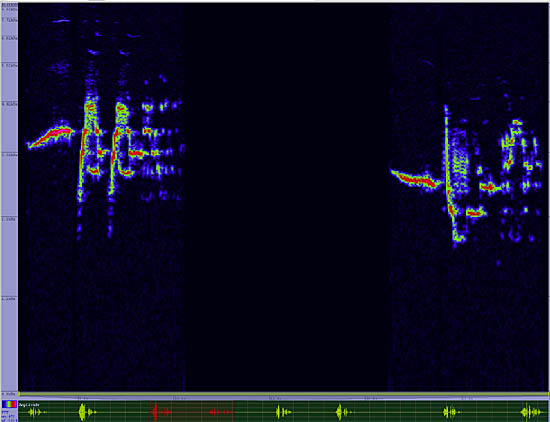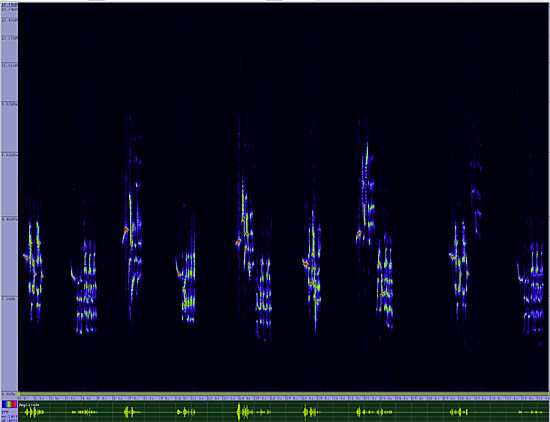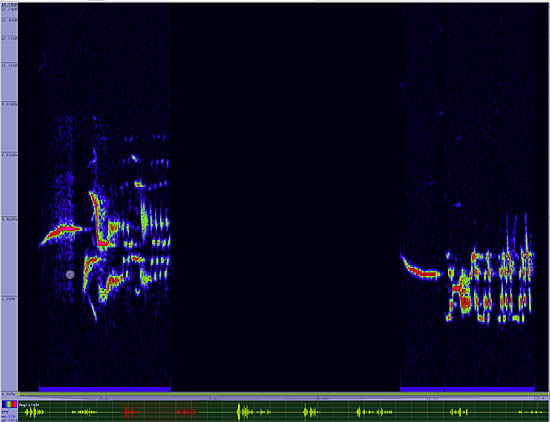Hermit Thrush
Catharus guttatus

Perching

Length: 7 in. (17 cm )
During the winter, this thrush skulks in thick underbrush of riparian forests and low elevation woodlands. In the summer it nests in mixed coniferous and broad-leafed mature forests at higher elevations and latitudes. It feeds on the ground where it eats insects and later in the season enjoys berries from low bushes. The nest is on the ground or low in a shrub or tree, and it is made of weeds, wood chips, moss and mud.
The four-digit banding code is HETH.
Bibliographic details:
- Article: Hermit Thrush
- Author(s): Dr. Biology
- Publisher: Arizona State University School of Life Sciences Ask A Biologist
- Site name: ASU - Ask A Biologist
- Date published: 13 Jul, 2017
- Date accessed: 22 September, 2025
- Link: https://askabiologist.asu.edu/activities/bird/hermit-thrush
APA Style
Dr. Biology. (Thu, 07/13/2017 - 15:37). Hermit Thrush. ASU - Ask A Biologist. Retrieved from https://askabiologist.asu.edu/activities/bird/hermit-thrush
Chicago Manual of Style
Dr. Biology. "Hermit Thrush". ASU - Ask A Biologist. 13 Jul 2017. https://askabiologist.asu.edu/activities/bird/hermit-thrush
MLA 2017 Style
Dr. Biology. "Hermit Thrush". ASU - Ask A Biologist. 13 Jul 2017. ASU - Ask A Biologist, Web. https://askabiologist.asu.edu/activities/bird/hermit-thrush
Be Part of
Ask A Biologist
By volunteering, or simply sending us feedback on the site. Scientists, teachers, writers, illustrators, and translators are all important to the program. If you are interested in helping with the website we have a Volunteers page to get the process started.






